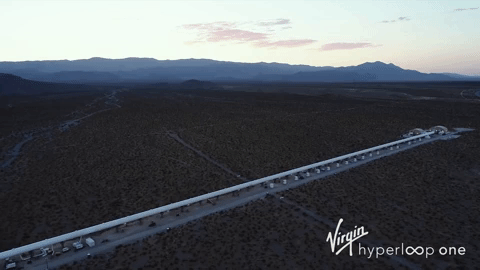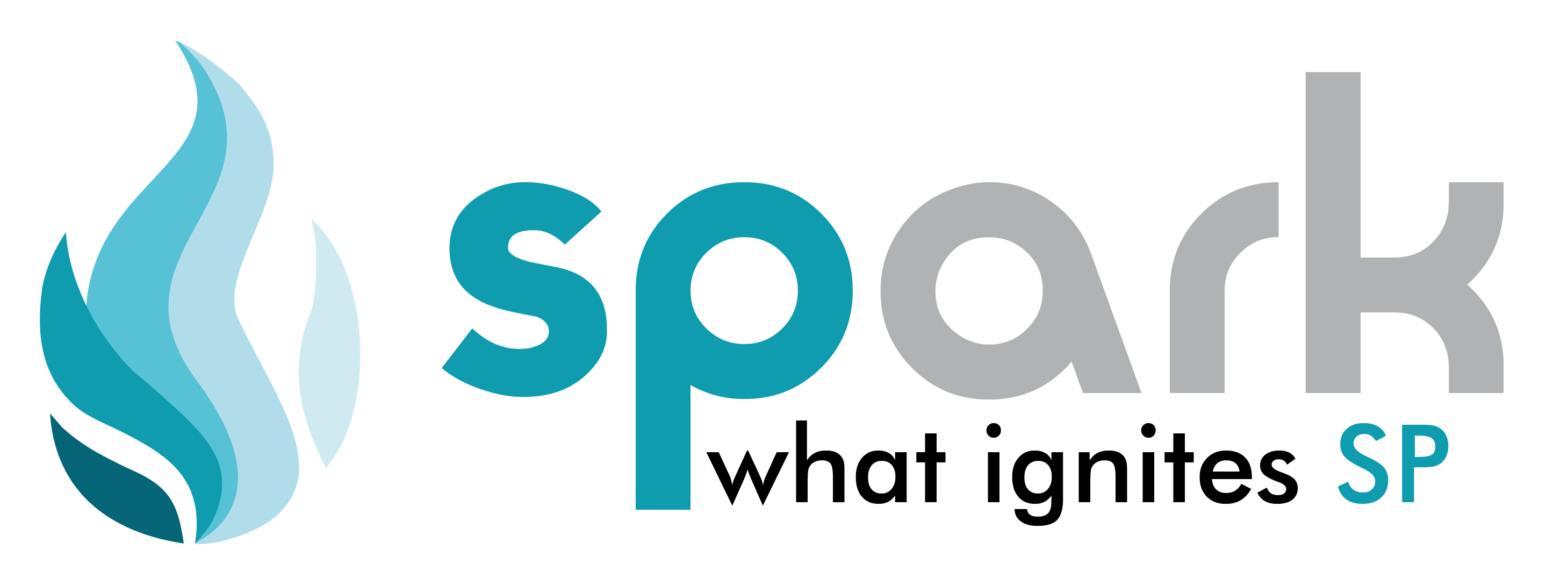We’ve heard the saying, ‘Time is money’ and really, time is money. Perhaps that’s why we complain about travel. We dream of moving comfortably from place to place in the blink of an eye; this is essentially the dream of the Hyperloop.
WHAT IS HYPERLOOP?

While algorithmic engineers are busy finding shortest path algorithms, a certain tech giant, whilst stuck in LA traffic, conceived the idea of a revolutionary transit system. The Hyperloop, a brand new method of transport, brought forth by entrepreneur and billionaire Elon Musk, is in broad terms the fifth mode of transport. Throughout history, we’ve been using trains, cars, planes and boats. This fifth form of transport is a high-speed transport system in which passengers sit in a pressurized capsule that rides on a cushion of air, where the capsule operates in a nearly sealed vacuum environment.
SCIENCE OF THE HYPERLOOP

From its tube track design, it’s easy to assume that the Hyperloop would operate like the vacuum tubes at bank-drive-thrus or old mail-room systems. However it has four key features that set it apart from these vacuum tubes and high-speed train tracks.
- Electromagnetic motors
- Low air pressure
- Air bearings
- Immunity from natural disasters
The passenger capsules aren’t propelled by air pressure like in vacuum tubes but by electromagnetic motors similar to the ones featured in Tesla cars and rail guns. It’s aimed to travel at a top speed of 760 miles per hour rocketing between Los Angeles and San Francisco at around ½ hour. The tube tracks do have a vacuum but they’re not completely free of air, instead, they have low air pressure inside of them. Most things moving through air tubes will end up compressing the air in front thus creating a cushion of air that slows the object down.The Hyperloop, however, will feature a compressor fan in the front of the capsule. The compressor fan can redirect air to the back of the capsule for additional propulsion but mostly the air will be sent to the air bearings. Their ski-like paddles levitate the capsules above the surface of the tube to reduce friction. The tube track is designed to be immune to weather and earthquakes. It’s also designed to be self-powering and unobstructed. The pillars raising the tubes above the ground have a small footprint and can sway in the case of an earthquake. Each of the tube sections can move around flexibly if the terrain shifts because there isn’t a constant track that the capsules rely on. Solar panels on the top of the track supply power to the periodic motors. With these innovations and a completely automated departure system, Elon Musk dreams of the Hyperloop being the fastest safest and most convenient form of travel in the world.
HYPERLOOP 1

Now Elon really doesn’t have that much time to do this one. He’s too busy building rockets, electric cars and batteries to power homes so he’s given away this idea and outsourced it in the form of a competition. Several companies have been formed to take on the project and even some all-star interdisciplinary student-led teams are working together to advance the Hyperloop technology.
Hyperloop one has successfully tested the pod that will someday carry people in cargo up to practically supersonic speeds through a near vacuum tube. The company is the biggest player in the race to realize Elon Musk’s dream and it’s engineers recently loaded an aluminium and carbon fibre pod 28 feet long, which is shaped like a bus with the beak of an eagle into the tube at their Nevada Test track. It used magnetic levitation to hover above its track and move through the tube. With nearly all the air sucked out, the pod accelerated to 192 miles per hour in just under a thousand feet. The electric propulsion system applied the equivalent of more than 3,000 horsepower to the pod which then braked to a calm stop. By running the pod faster and faster, longer and longer distances can be covered.
GLOBAL CHALLENGE

On February 18, Virgin founder Richard Branson stated that his Hyperloop One team is working alongside the Maharashtra government to establish a Hyperloop route in India, which may well be the first one in the world. This announcement has raised a rather interesting and quiet frenzy, about the possibility of it all. While Hyperloop was initially earmarked to debut in Los Angeles or Dubai, it now stands with the prospect of being inaugurated in Mumbai, India.
We have always believed that India would be a tremendous market for hyperloop. The Pune-Mumbai route is one of the strongest economic cases we have seen to-date.
– Rob Lloyd
CEO of Virgin Hyperloop One
The proposed Hyperloop route will link central Pune, Navi Mumbai International Airport, and Mumbai in 25-minutes, and will eventually support 150 million passenger trips annually, saving more than 90 million hours of travel time, and thus transforming lives.
Sci-Fi writers and dreamers have long envisioned ways to travel at high speeds through low-pressure. The idea was waiting for the right combination of talent, technology and business.
Will the hyperloop truly transform the lives of humans or will it simply remain a hyperbole?
Only time will tell.

